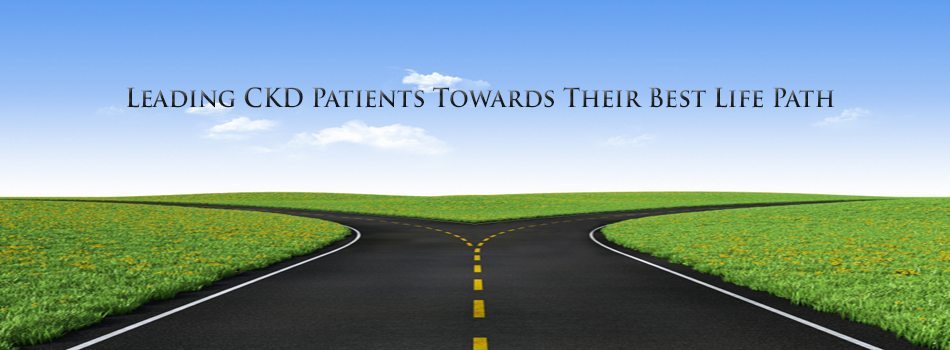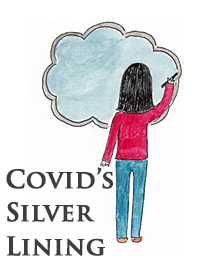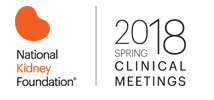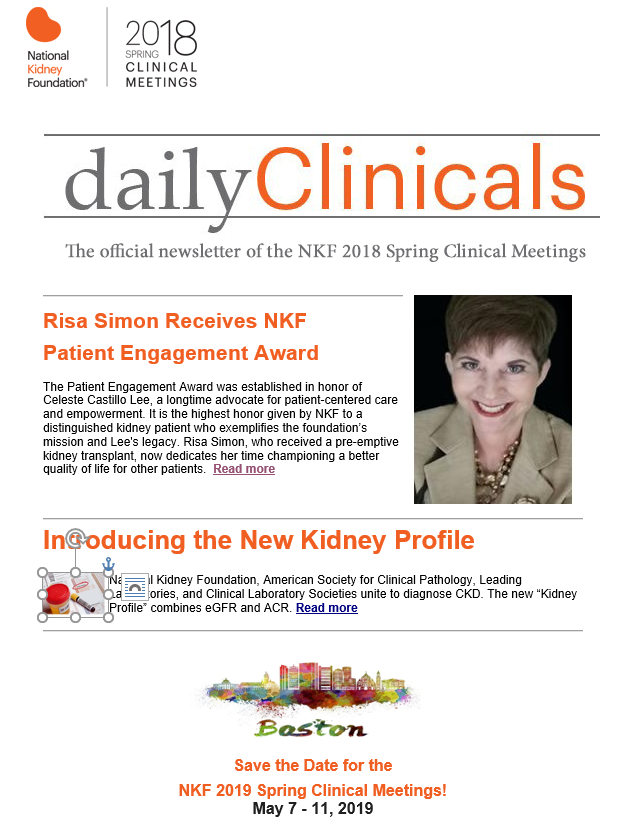 These days, securing a kidney transplant—before dialysis, requires more luck than medical qualifications. It seems that the biggest barrier to transplant is not so much disqualifying health factors, as much as it is about knowing how to proactively secure a transplant before dialysis is required.
These days, securing a kidney transplant—before dialysis, requires more luck than medical qualifications. It seems that the biggest barrier to transplant is not so much disqualifying health factors, as much as it is about knowing how to proactively secure a transplant before dialysis is required.
To remove this barrier, physicians and patients must agree to think in a completely different way. Education providers must focus on more proactive measures to achieve better outcomes—and patients must be willing to engage long before they experience the full effects of their disease.
Neither party can remain “stuck in neutral” without forfeiting success.
Distractions can deter even the best of intentions. Apart from fear and denial, getting (or staying) on dialysis can appear to be so much easier than securing a transplant. With dialysis, there are zero health prerequisites and no wait times other than their fistula maturing. Initial vein mapping ultrasounds and access procedures seems fairly innocuous compared to a transplant surgery that requires an extra kidney.
On the other hand, dialysis ends up being much more difficult. Just ask anyone already on it. From time-consuming hook-ups and grueling blood cycling procedures—to its after affects that zaps the users energy and prohibits them from their favorite foods. Unlike a kidney transplant, dialysis cannot replace hormones and vitamins needed for good health and well-being. At best, dialysis can only provide about 10% renal function – a far cry from a round-the-clock transplanted kidney.
To secure a transplant, patients must be encouraged to advocate for a transplant upstream, when they have adequate time and more energy to fight for a better life. The status quo for patient education has been to delay renal replacement options until the patient nears the need for dialysis. Because of this, the possibility of securing a transplant before dialysis, (known as a preemptive kidney transplant or PKT) is severely underutilized.
Providers must agree that these standard norms are not in the patient’s best interest. For those who believe delayed patient education does no harm, it’s time to come to grips with the fact that delayed timelines do no good.
Our profession’s duty and call to action must be to preemptively detour patients from unwittingly sleepwalking their way to dialysis—particularly when the chance of achieving a better outcome is possible.
The truth is that the most qualified transplant candidates lose their ability to bypass dialysis because they were not encouraged to engage in the process earlier. Providing early transplant information is a proactive right.
Preemptive transplant information cannot be doled out just to those who appear eligible after they lose significant renal function. It’s morally wrong to withhold this information, even if practitioners think the majority of their patients may never be transplant-eligible. Who is to say, those who may appear to be ineligible today couldn’t become eligible in the future, given the chance.
It’s time to flip the “content- information switch” into its “ON” position earlier in a patient’s disease continuum. Patients deserve to know all their options—long before they are forced into the only survival option remaining. We have a duty to help our patients thrive, not just survive.
Our professions Hippocratic oath is no longer good-enough.
“First, Do No Harm” allows for subjective interpretation and old mindsets to prevail. A more universally supportive pledge begins with “First, Do More Good.”
It’s time to open the gate towards better outcomes for all.
By Risa Simon




